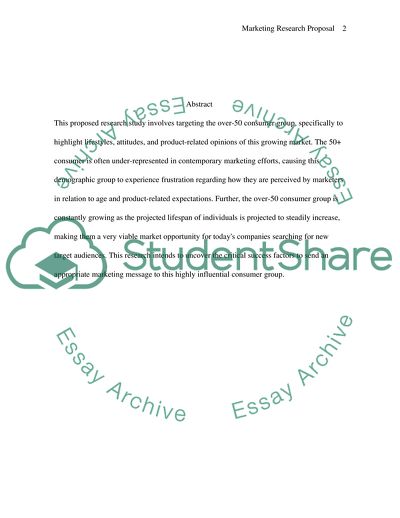Cite this document
(The Critical Success Factors to Send an Appropriate Marketing Message Term Paper, n.d.)
The Critical Success Factors to Send an Appropriate Marketing Message Term Paper. Retrieved from https://studentshare.org/marketing/1706994-module-marketing-proposal
The Critical Success Factors to Send an Appropriate Marketing Message Term Paper. Retrieved from https://studentshare.org/marketing/1706994-module-marketing-proposal
(The Critical Success Factors to Send an Appropriate Marketing Message Term Paper)
The Critical Success Factors to Send an Appropriate Marketing Message Term Paper. https://studentshare.org/marketing/1706994-module-marketing-proposal.
The Critical Success Factors to Send an Appropriate Marketing Message Term Paper. https://studentshare.org/marketing/1706994-module-marketing-proposal.
“The Critical Success Factors to Send an Appropriate Marketing Message Term Paper”. https://studentshare.org/marketing/1706994-module-marketing-proposal.


